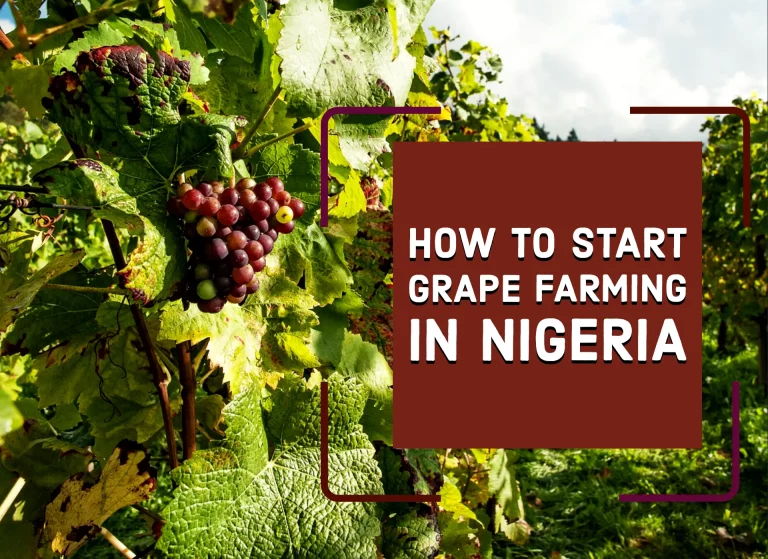How To Grow Sesame: Plantation, Harvest and Storage
You must be one of those people who recently discovered that sesame seed planting is lucrative and want to know how to grow sesame by yourself. You took the right step by researching before investing.
Sesame seed commonly known as Benne seed is one of the oldest spices on Earth as it dates back to 1600BC in India. Very old isn’t it? It is. Ancient literature like Naturalis Historia written by Pliny the Elder and Works of Teofrast and Herodot has been seen to have mentioned Sesame seeds. For an agricultural product to be this transgenerationally relevant, it is worthy of study.
Sesame is an oily plant. Its seed contains about 55-60% and 24% protein making it very nutritional and industrially resourceful. Yes, sesame is grown because is highly lucrative industrially.
Presently many countries have seen the benefits of this agricultural venture and have invested wholesomely and are already reaping its fruits. India is the largest producer of sesame followed by China. But they are not alone, other countries like Myanmar, Tanzania, Sudan, Greece, Ethiopia and our very own Nigeria.
The demand for sesame has spiked as even world giants like Japan, China, Israel, South Korea and Turkey import them the largest in the world. In Africa, the largest producer of sesame is Sudan accounting for over 40% followed by Nigeria accounting for 18.2% of its total output.
Farming sesame is not hard as the procedure is better and easier than that of rice or cocoa and it also its unique attributes like easy adaptation to climate conditions and high market value. So stay focused as we learn how to grow sesame.
What You Need To Know About Sesame
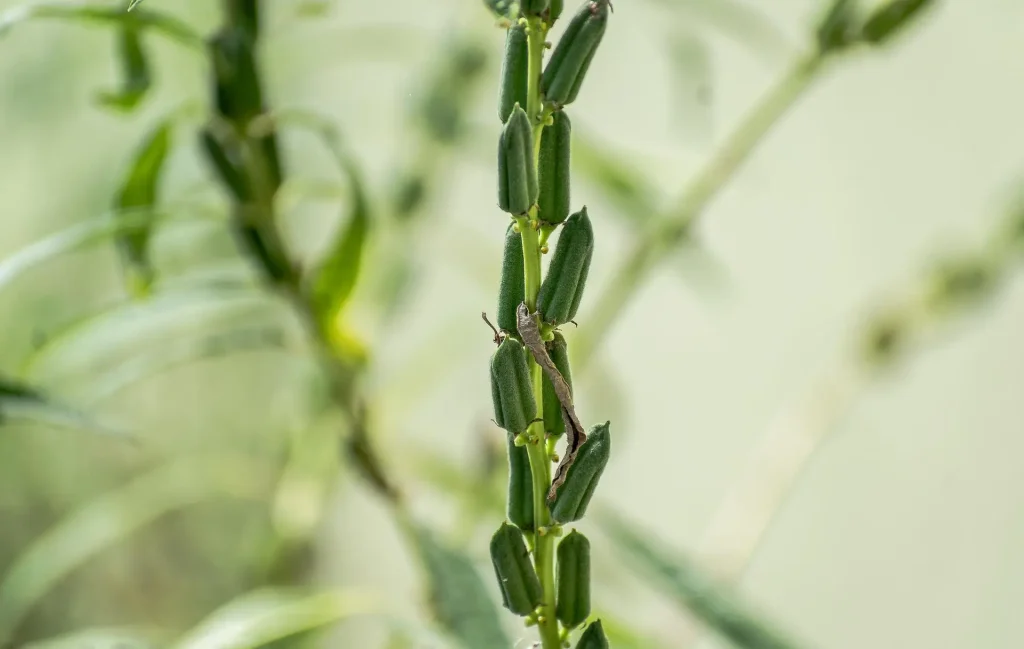
Sesame (Sesamum indicum) is an oily plant from the Pedaliaceae plant family. Sesame plants are as tall as 50-150cm with their stems being covered with a small bristle. Its root is pivotal and flowers are 1-3 in number with colours ranging from white to purple located at the base. Sesame bears dehiscent capsules and contains small oval seeds of different colours.
Remember that we started earlier that sesame easily adapts to the environment and yes it does. Sesame grows in hot climates in a vegetation period of 78 to 85 days and germinates in temperatures of 15-16°C (note: it should be 5°C higher or lower than the minimum temperature 15°C).
Sesame likes moisture and so is planted in fertile concretion-free sandy loam soil that is well drained and is not located in sloppy areas.
The most commercially valuable part of sesame is its seed. It is used in producing oil, bakery products, animal feeds, and food products and used in making soap paint, lubricants and illuminant. There are two types of sesame seeds used for farming, white seeds (used in baking) and brown or mixed seeds (used in oil production).
How To Grow Sesame: planting
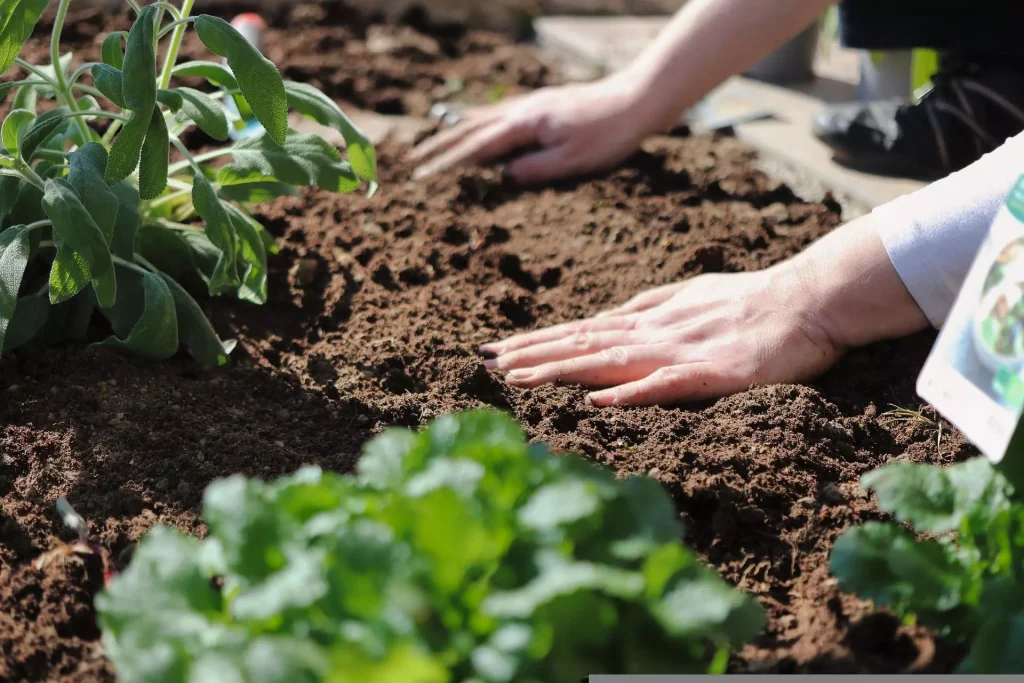
Okay, first things first, there are some principal things you need to know now.
Note: 1. Plough after the first rainfall. 2. Weed very well during its early stage. 3. Apply fertilizer after they start flowering. 4. Roll slightly after sowing in dry soil. 5. Use NPK fertilizer or compost and farm manure. 6. Avoid waterlogged areas (avoid sloppy fields). 6. Serves 7-8kg of seeds per hectares
Here are the steps in planting sesame
Here we go!
Firstly weed either manually, mechanically or using herbicides. Secondly, Plough after the first rain to allow penetration of elements. Thirdly, sow the sesame seeds 2-3m deep and 35-45cm apart. And lastly, weed the farm regularly. Please remember to put the Note in mind.
How To Harvest Sesame
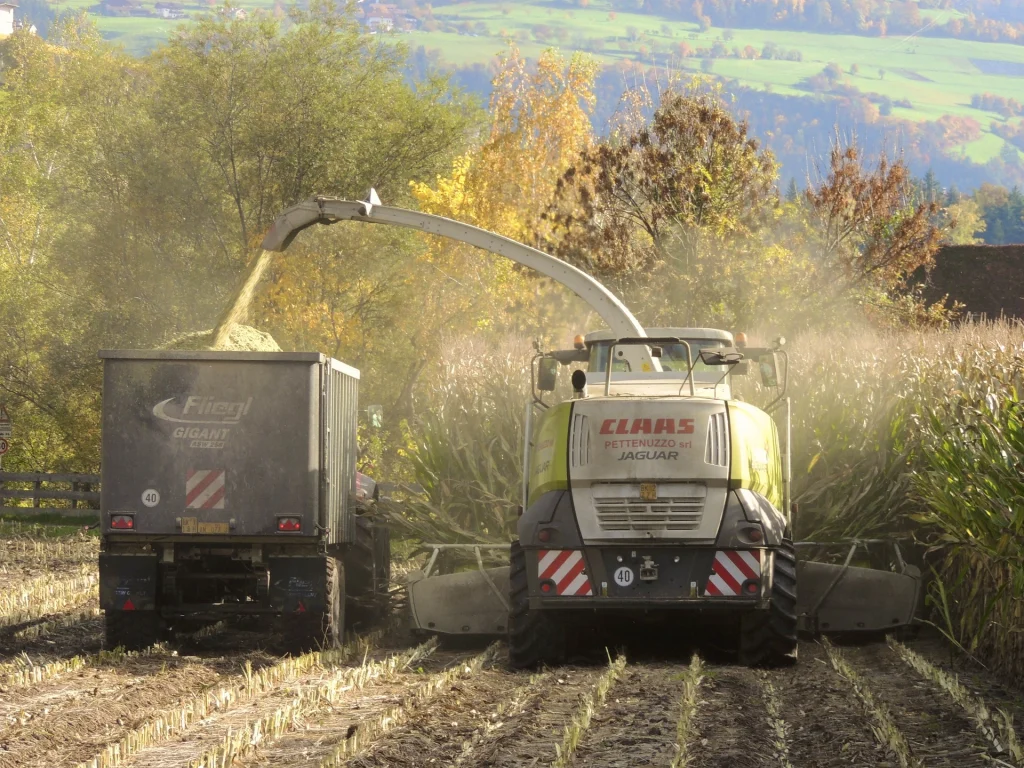
Sesame is due for harvesting 90 to 130 days after planting. Surely, the question many farmers have in mind is how will we know if the fruits are ripe. The sign that your sesame fruit is ripe is that the base leaves of the plant falling.
For small-scale farmers, how to harvest sesame is quite easy. First, use a sickle to harvest, then bound them into bundles, afterwards the bundle’s collapse when dry. That’s all for small scale sesame harvest.
And for large-scale harvest, first, cut with a wind rower. Then leave them in the swath and finally use a combine harvester to collect them when dry. In the end, a hectare is expected to produce 1500kg sesame seed.
How To Store Sesame Seeds
Storing sesame seeds after harvest is beneficial because in doing this you are trying to maintain the quality of the seeds. The main factor to be considered in the storage of Sesame seeds is Moisture.
To begin, lay the sesame seeds in thin layers. Shake regularly until 9% humidity. Thresh the seeds and finally store them at 6% moisture in places of 50% humidity.
The moisture should be carefully watched because if the seed is moist it will yield low oil, clog the oil pressing machine and be prone to fungal infestation.
see also: How to Start Ginger Farming Business in Nigeria
Nigeria & Sesame Seeds
Nigeria is the second highest producer in Africa producing 18.2% of total output. Yearly Nigeria produces about 500000 tonnes with 90% exported, making it the largest contributor to Nigeria’s economy. Jigawa tops the list in its production followed by Benue. Agricultural economists predict that if more production plants and hectares of land are given to sesame cultivation, millions of tonnes will be produced.
Conclusion
Sesame seed is very lucrative and as we have seen, it is the most lucrative export crop in Nigeria. Learning how to grow sesame seeds was all that this post was about. Remember that sesame is resilient to drought conditions but not excess moisture and also put to cognizance that sesame seeds can reduce in value if the moisture and fertilisation is neglected.
Hope now you can grow sesame all by yourself with this post. If this post was understood, subscribe for more posts like this and comment below. Eucarlagro.com would love to hear your view.

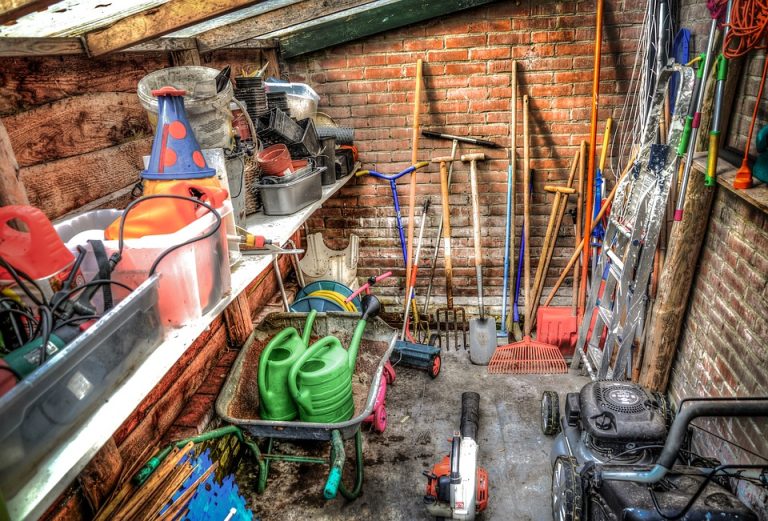
![How To Start a Quail Farming in Nigeria [Detailed Guide] Quail Farming in Nigeria](https://eucarlagro.com/wp-content/uploads/2023/11/quail.webp)
![How To Start Potato Farming in Nigeria ([year]) Start Potato Farming in Nigeria](https://eucarlagro.com/wp-content/uploads/2023/11/Start-Potato-Farming-in-Nigeria.webp)
![How to Start Pig Farming Business in Nigeria ([year]) How to Start Pig Farming Business in Nigeria](https://eucarlagro.com/wp-content/uploads/2023/07/How-to-Start-Pig-Farming-Business-in-Nigeria-768x512.jpg)

